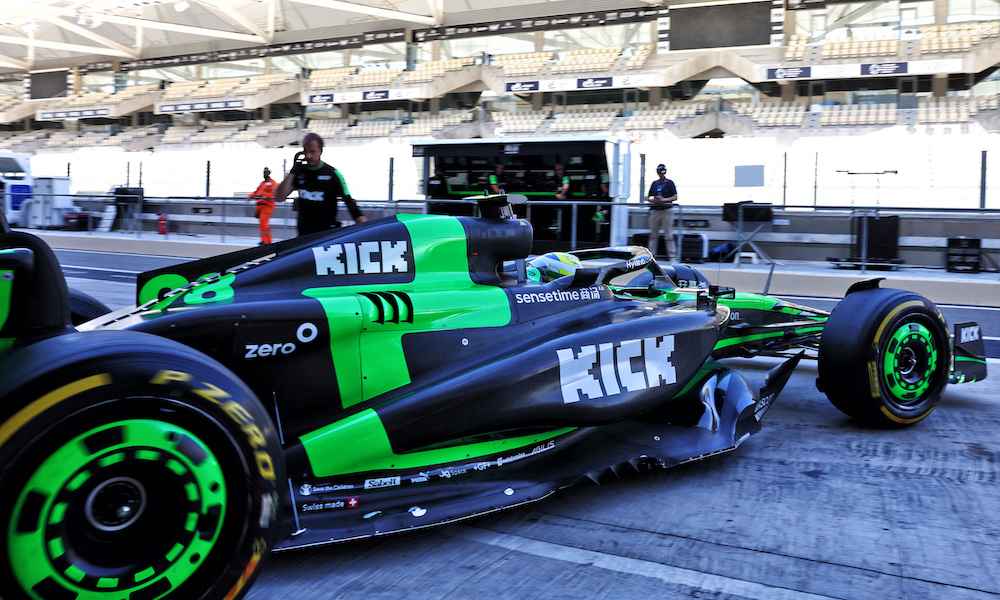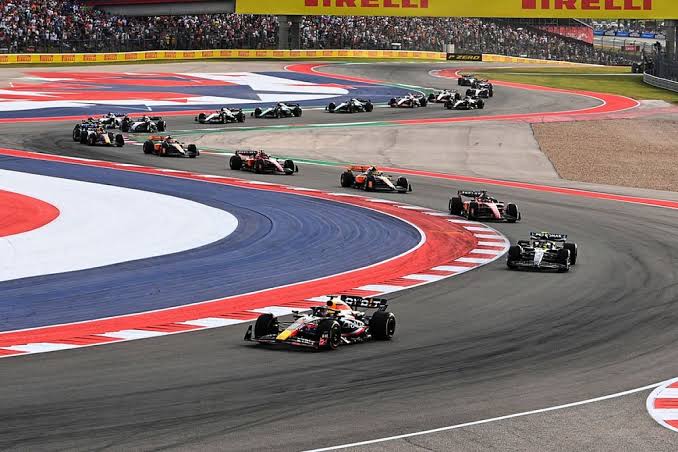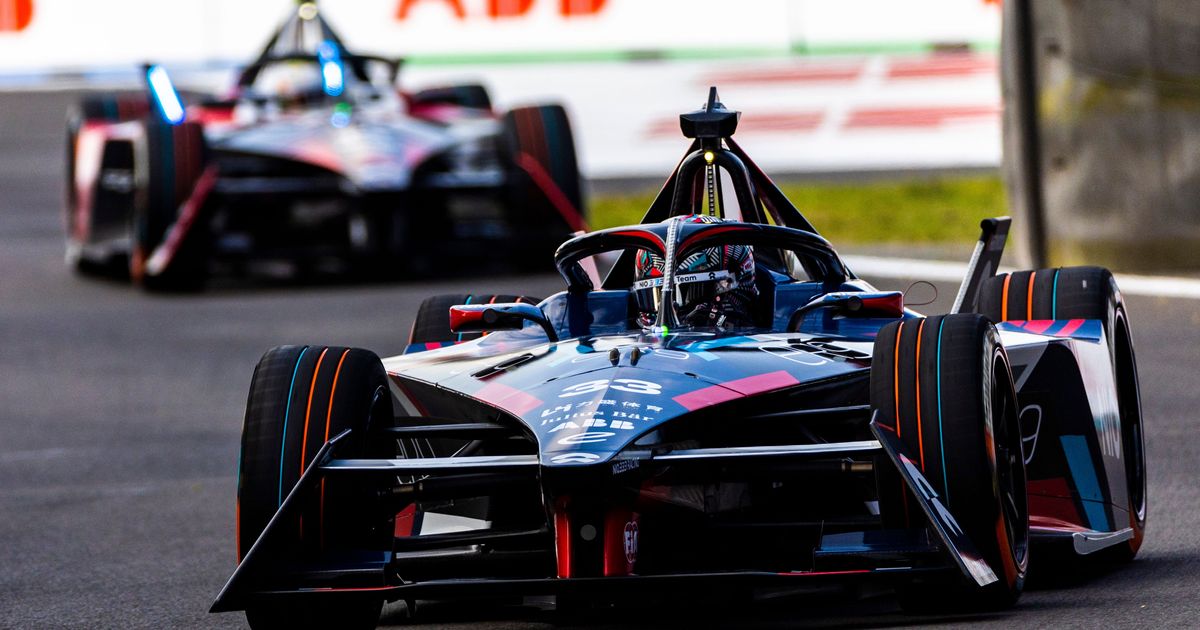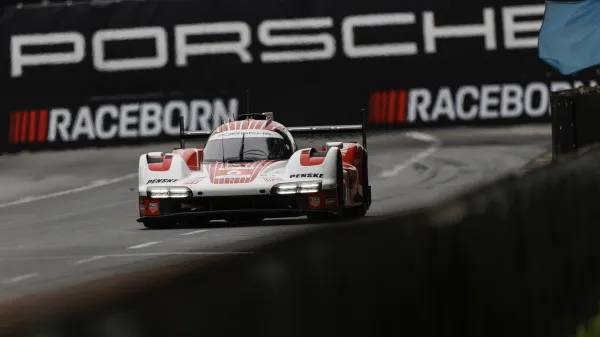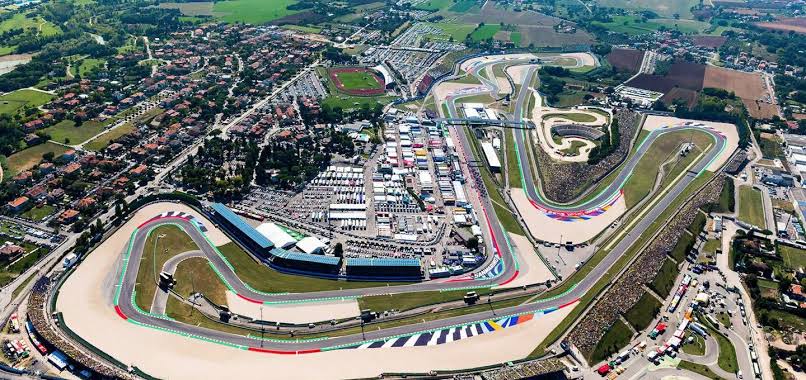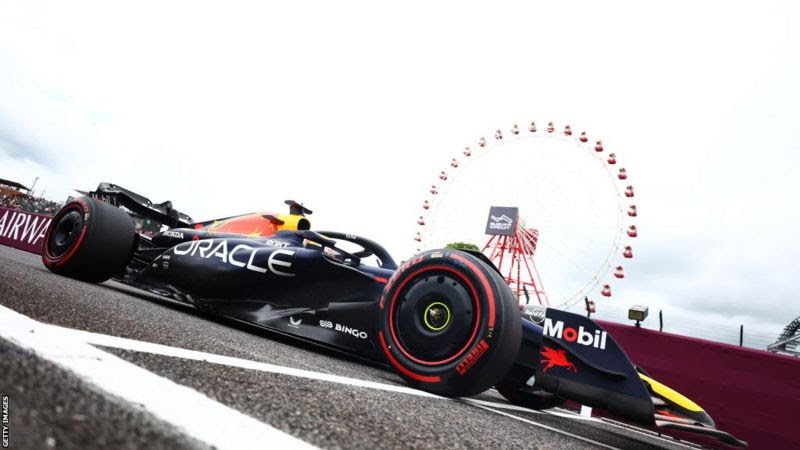How Energy-Based Fuel Flow Measurement Will Impact F1 in 2025
The introduction of power-unit-based fuel flow in Formula 1 (F1) is an evolutionary change in the way in which the sport is approaching performance, sustainability, and competition. While this change is to be adopted in full by 2026, in 2025 it is to have an impact in expectation of this change. This article explains the implications of this change and in what ways this can shape the future trajectory of F1.
What is energy-based flow metering?
Energy-Based Flow Meter
The conventional rules have thus far limited fuel consumption by restricting the top mass flow rate of fuel. From next year, starting in 2026, F1 is adopting an energy-limiting flow of fuel. This means that in lieu of controlling by weight the amount of fuel, the sport is controlling the overall energy content delivered to an engine during an outing. This is taking differences in fuels, including sustainable fuels, which have varying energy densities compared to traditional fossil fuels, into consideration.
It is in alignment with overall objectives in F1 to minimize carbon emissions and be more sustainable while providing ultimate performance. Encouragement to be mindful of energy rather than mass drives combustion and fuel efficiency development.
The key aspects of energy-based regulation
Fuel Options: Under this regulation, fully sustainable fuels can be employed that have been derived from non-food sources, municipal solid waste, or captured atmospheric carbon. These fuels should not have detrimental impacts upon performance while achieving net-zero carbon emissions.
Energy Efficiency: All competitors shall have to design their engines to achieve optimum efficiency in order to obtain the highest power while minimizing energy consumption to an absolute degree.
Hybrid systems: As power increasingly depends upon electricity—tripling to 350 kW from 120 kW—it will call for improved energy-harvesting and storing systems.
Impact on Sustainability
1. Transition to Sustainable Fuels
One of the most significant impacts of energy-based fuel flow measurement is its compatibility with fully sustainable fuels. From 2026, F1 cars will run on synthetic e-fuels derived from non-food sources, municipal waste, or even carbon captured from the atmosphere. These fuels aim to achieve net-zero carbon emissions without sacrificing performance.
These teams can design their engines to operate efficiently with these novel fuels by controlling energy rather than mass to achieve optimum power while minimizing negative impacts to the environment. This can have implications in the motor vehicle sector overall by facilitating accelerated development and uptake of green fuels.
2. Mitigating Carbon Footprints
F1 transcends mere fuel types in support of sustainability. It is aiming to achieve net-zero by 2030 through reducing emissions in transportation, circuit power consumption, and in-team operation. Energy-derived fuel flow measurements form part of this process because this is in accordance with global action against climatic change.
Innovations in
3. Engine Efficiency
Fuel flow limitations by energy will compel teams to maximize engine efficiency. Current hybrids have been in the range of about 50% engine design thermal efficiencies, making these among the most efficient internal combustion vehicles ever created. Under future rules, combustion processes, turbo systems, and hybrids will have to be optimized by teams.
For example:
The deletion of the MGU-H (Motor Generator Unit—Heat) is making power units easier to handle but is putting additional stress on energy recuperation through braking (MGU-K).
The increased reliance upon electric power—forecast to go to three times, to 350 kW from 120 kW—will draw upon better power-harvesting and storing systems.
4. Energy Deployment & Energy Harvesting
Energy recovered during braking is to be doubled in accordance with rules to allow cars to recover up to 8.5 megajoules in every lap. This recovered energy can be employed tactically to overtake or gain lead positions, bringing an additional layer of tactical sophistication to races.
5. Battery Technology
The increased electrical power output necessitates advancements in battery technology. Teams will focus on developing high-performance batteries that can efficiently store and release energy without overheating or degrading. This could lead to breakthroughs in battery technology that benefit both F1 and the broader automotive industry.
Competitive dynamics
6. Leveling the Playing Field
Fuel flow measurements in an energy-based system can equalize things among squads. Setting an overall energy consumption threshold in place of an absolute quantity of fuel can allow squads with fewer resources to compete equally with superior-equipped conventional powerhouses.
In addition to this, making things like batteries standardized and capping dyno testing time will keep development prices down while making innovation accessible to every team.
7. Strategic Complexity
The system poses strategic problems both to drivers and to teams:
Conserving energy during the duration of a race is key.
Drivers may have to change driving habits in order to realize optimum energy recuperation while braking.
The teams should develop advanced algorithms to balance energy distribution to realize optimum performance while not exceeding thresholds.
8. Driving Skills and Flexibility The increased emphasis on energy management will stress driving ability and adjustability. Those who can manage energy efficiently while carrying pace will have an additional competitive edge. This can lead to improved racing tactics and greater emphasis placed upon driving ability.
Challenges and Risks
9. Reliability Problems
The increased dependence upon electric systems and renewable fuels can have reliability issues:
High-performance batteries must withstand tough conditions without overheating or degrading.
Synthetic fuels must operate in an identical manner in varying temperatures and pressures.
The squads will have to invest heavily in testing and development in order to mitigate these threats before full introduction in 2026.
10. Learning Curve
The transition phase in 2025 is certain to have a steep learning curve in which power units and tactics have to be accommodated to match new rules. First movers who quickly get to grips with these changes can have an advantage.
11. Cost Implications
While cost savings through economies in standardized items and testing are part of the purpose behind these new regulations, an initial investment in emerging technologies can be prohibitive. Organizations will have to balance cost management with innovation in order to compete.
Broader Implications
12. Road Relevance
F1 has been used over the years as an R&D testing ground by the motor industry. This transition towards energy-based flow measurement of fuels and eco-friendly technologies is anticipated to have direct road implications: F1 systems created in hybrids can have implications in future electric vehicles. Sustainable fuels tested in F1 could be adopted for commercial use, particularly in regions where electrification is less feasible.
13. Public Perception
Its support for sustainability in forms such as energy-powered fuel flow measurement strengthens F1’s status as an advanced sport. This may draw in additional fans and sponsors who value eco-friendliness.
14. Global Influence
The impacts of F1’s work towards sustainability go beyond the sport. As an international leader in pioneering advanced technologies and green practices, F1 can drive changes in the motor industry and beyond.
Conclusion
The introduction of energy-derived fuel flow measurement is a watershed in Formula 1 development. Highlighting importance on sustainability yet not in performance, this regulation is in alignment with global efforts to mitigate climate change while ensuring that the art of high-speed racing is preserved. In 2025, with squads working towards full introduction in 2026, expect to experience top engine efficiency, advanced strategical sophistication, and programs in sustainability. All these not only promise to have engaging races to watch but also to place F1 in leadership in motor car innovation in the future.
